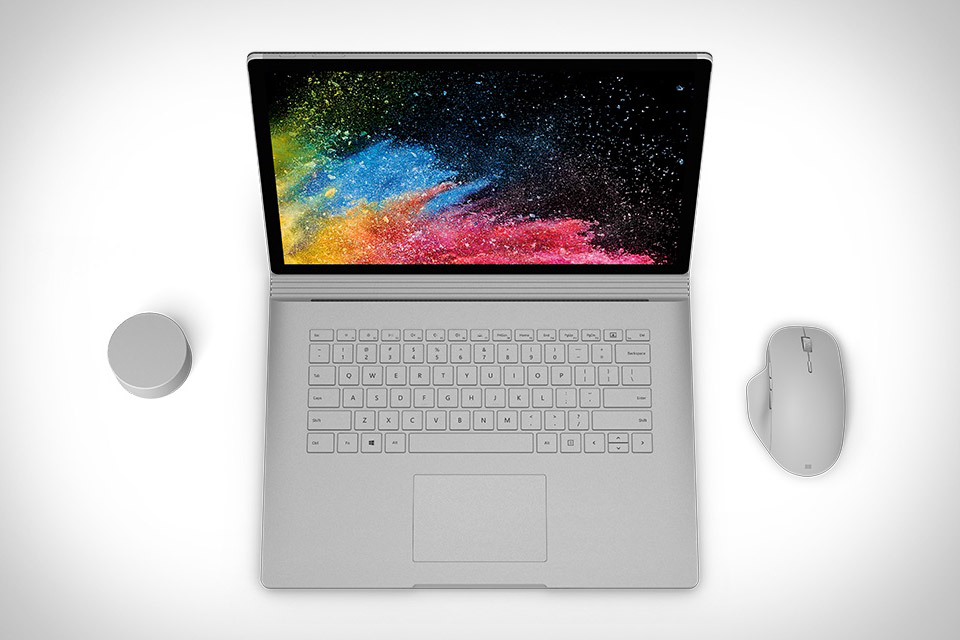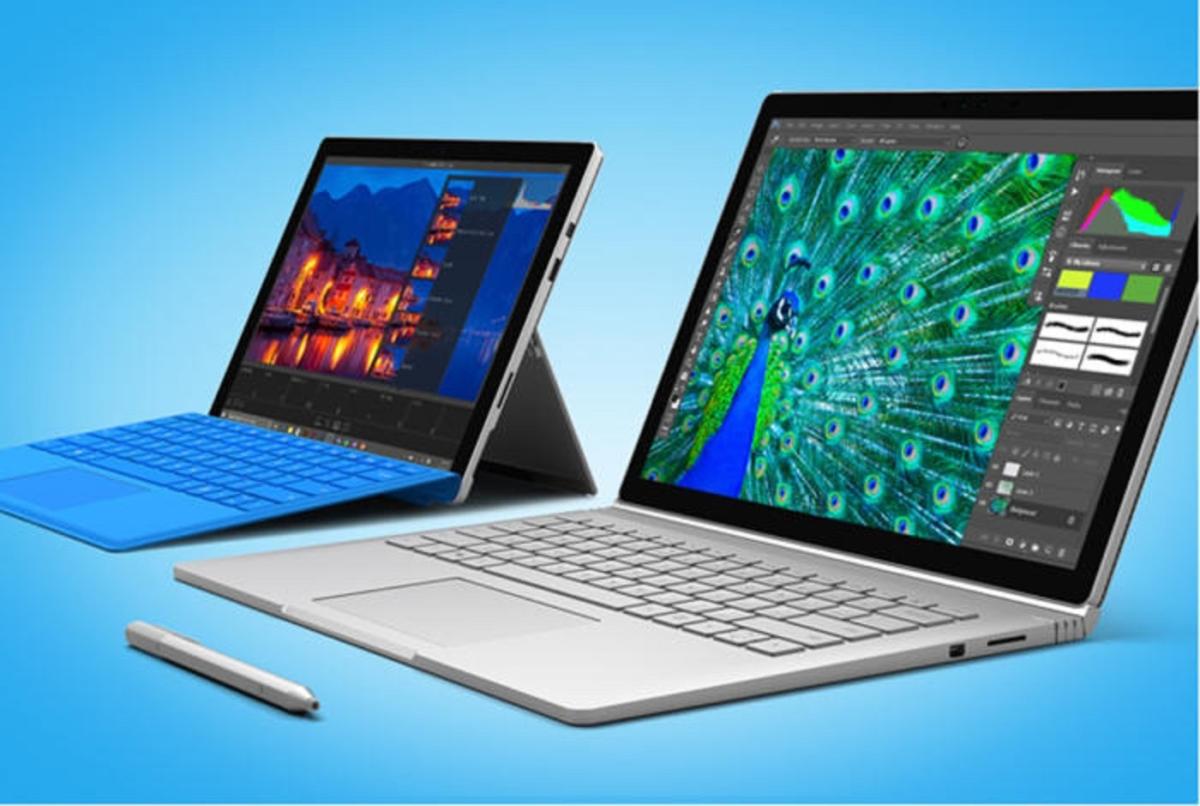

Windows 10 is designed with a dark theme, and it looks great on this beautiful display. Colors really pop, and blacks don’t wash out at all thanks to the 1700:1 contrast ratio. I’ve also fallen in love with the color reproduction and the viewing angles. I spend a lot of time reading content on the web, so I’ve fallen in love with this oddly shaped display. Watching movies isn’t ideal on the Surface Book because you get letterboxing, but reading web pages is a joy because of all the additional vertical space. It took me a couple of days to really get used to it, and it reminded me of using Google’s Chromebook Pixel. That’s because Microsoft has picked a 3:2 aspect ratio instead of the wide 16:9 or 16:10 ratios found on most laptops. I say slightly odd, because it looks a little tall and unconventional at first. Once open, the Surface Book’s 13.5-inch display is the slightly odd centerpiece. That’s not because the tablet portion will ever fall off, but more to protect the hinge. I’ve found opening up the Surface Book requires two hands because it’s magnetically sealed together to ensure nothing moves around while you’re carrying it. Microsoft has done a great job on the keyboard and trackpad

Microsoft is going for premium here, and it’s pretty clear it’s aiming for those tempted by Apple’s well-designed hardware. It’s almost soft to touch, and it doesn’t feel as cold and harsh as the aluminum on a MacBook. Just as it did with the Surface Pro 3, Microsoft has picked magnesium for the materials on the Surface Book. All of this resembles a MacBook Pro, but Microsoft isn’t exactly copying Apple here. There’s a big trackpad, nice key spacing on the keyboard, and an overall sleek combination of black and silver.

Looking at the Surface Book for the first time, it’s easy to compare it to the MacBook Pro. Since Microsoft is calling this a laptop, let’s judge it first as a laptop.


 0 kommentar(er)
0 kommentar(er)
